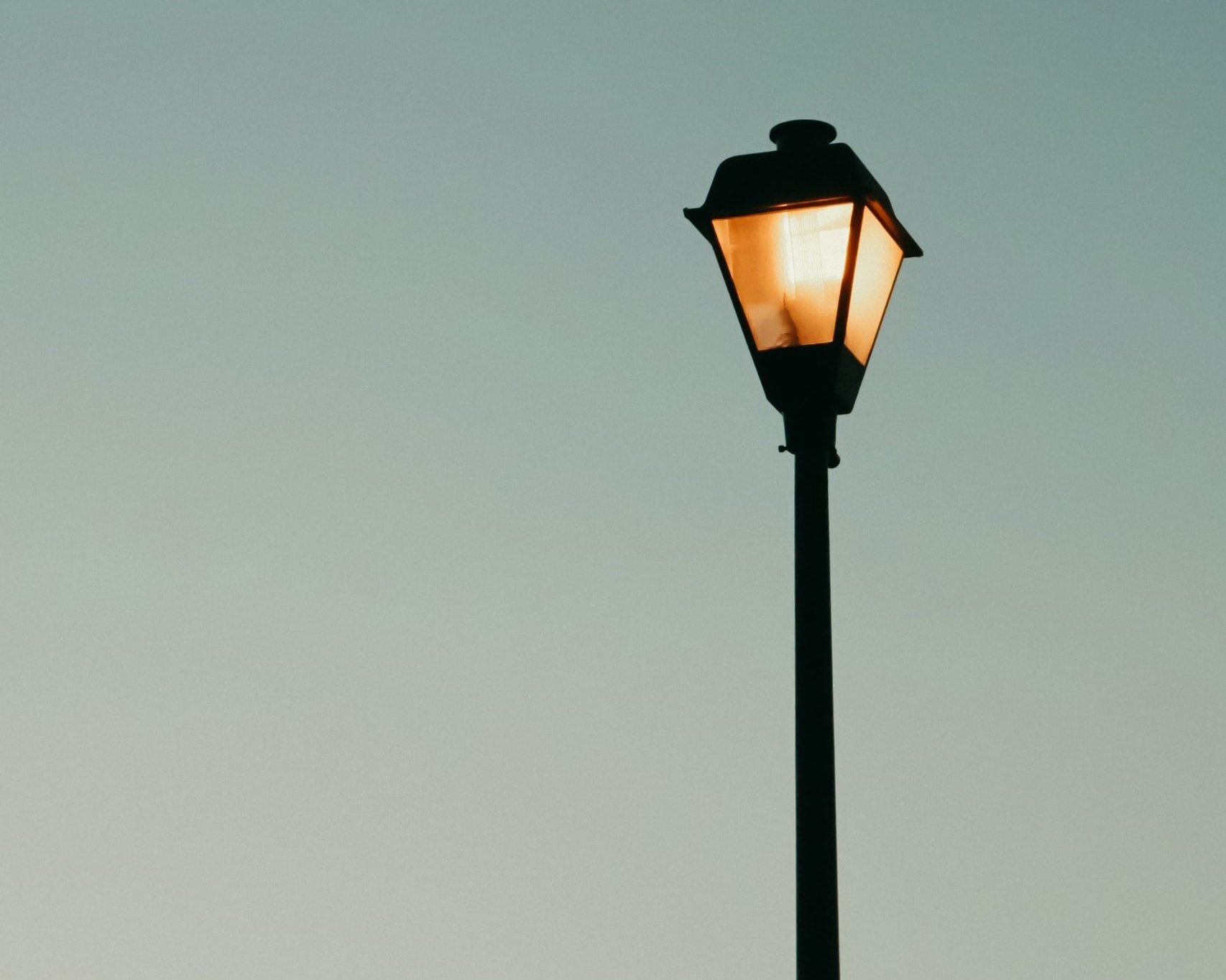The Pros and Cons of Solar Street Lights
/Solar street lights are becoming increasingly popular. Many places in the world are adapting to the newness and greenness that comes with this type of light. Many experts and environmentalists agree that solar street lights should replace conventional street lighting options.
Although using solar street lights has many advantages, it also has a few downsides. Here are the major pros and cons of solar street lights to help you make an informed decision if you’re considering this option.
The Pros of Solar Street Lights
Utilizing solar street lights offers the following advantages:
Safe and Green Energy
Electricity generation requires fossil fuels, which are dangerous to produce, expensive, and cause air pollution. For this reason, electric lights are not environmentally friendly. There are also inherent risks in using electric lights, such as overheating and electrocution. On the other hand, solar energy is safe, clean, and pollution-free.
Environmentalists all over the world advocate the use of solar energy because it doesn’t contribute to the emission of greenhouse gases, which leads to global warming. In addition, there are no electrical or fire hazards to worry about. This makes solar-powered street lights an excellent eco-friendly lighting solution.
Sustainable Light Source
Solar street lights are powered by energy from the sun. They don't use fuel, gas, oil, electricity, or any other limited resource. Solar energy is 100% free, unlimited, and renewable. Because of this, sustainable solar street lights are generally considered a practical lighting option. They use a clean and inexhaustible energy source without causing any harm to the environment.
Low Maintenance
Generally, solar-powered lights require less maintenance than conventional street lights. Solar street lights have fewer moving parts and minimal wiring. Since they’re not connected to an electrical grid, there are no connection problems that need fixing. Also, overheating is hardly a concern with solar street lights.
Solar street lights typically use light-emitting diode (LED) lights, which have a considerably longer life span compared to high-intensity discharge (HID) lamps used in regular street lights. Thus, it would take longer before the LED lamps of solar street lights need replacement. Also, solar panels are built to last for an extensive time. All of these qualities make solar-powered street lights a more low-maintenance option than traditional street lights.
Longer Life Span and Better Efficiency
Solar-powered street lights are more durable and have a longer life span than conventional street lights. For one thing, they don't need to be turned on and off daily, which contributes to traditional street lights’ wear and tear.
Because they’re powered by solar energy, it’s impossible to have a blown fuse, circuit overload, or short circuit. Solar street lights will continue to function regardless of the weather conditions or if there’s a power interruption. This demonstrates that solar-powered street lights are more efficient than traditional street lights.
No Cable-Related Worries
In some remote or underdeveloped areas, cable theft is rampant, and this poses a problem with conventional street lights. In areas like these, installing cabled street lights is not recommended because the cables, which are quite costly, might end up being stolen.
With solar street lights, there are no cables involved, so cable theft is the least of your worries. Also, the absence of wires prevents accidents like electrocutions, overheating, and strangulation. It also eliminates the likelihood of short-circuiting lights due to excess electricity or overload.
The Cons of Solar Street Lights
Solar-powered street lights may have incredible benefits, but they also come with a few downsides. Here are some of their disadvantages:
Expensive
Although solar street lights are eco-friendly, low-maintenance, sustainable, efficient, and safe, they can break the bank. When installing solar-powered street lights for the first time, the cost of everything involved can be staggering.
Solar street lights are more expensive because they utilize the latest technology. Some of its components, such as photovoltaic (PV) panels, LED lights, lithium-ion batteries, and smart sensors are quite costly, not to mention the labor cost for installation. That’s why many people are reluctant to switch from conventional street lights to solar-powered ones.
Not Suited to Extreme Weather
Solar-powered street lights will require more than the usual maintenance in places with extreme weather conditions. The top of the solar panels needs frequent cleaning to avoid the buildup of snow and dust. This is to ensure that dust and other particles will not clog the surface of the solar panels, affecting their capacity to harness energy from the sun.
Neglecting to clean the solar panels regularly can also shorten the life span of this type of street light. At the very least, it could hamper the efficiency of solar panels in converting sunlight into energy.
Increased Risk of Theft
Solar street lights are not wired, and they don’t need cables. Because of this, they can be stolen rather easily. The high monetary value of solar street lights also makes them prone to theft.
Considering the prohibitive purchase price and installation costs of solar street lights, the increased risk of theft presents a big downside to using this type of street light.
Dependent on Direct Sunlight
Solar street lights are fully powered by the sun. When there’s not enough direct sunlight, their performance may suffer.
Generally, solar street lights need to receive direct sunlight for 6 to 8 hours. It’s important to note that the solar panels should not be obstructed by shadows or taller structures that may block the sun’s rays.
Unlike lightweight solar lights, you cannot bring solar street lights indoors to charge them using artificial light. As they’re dependent on unobstructed direct sunlight, their lighting efficiency may suffer during long stretches of cloudy or rainy weather.
Be informed
Knowing the pros and the cons of solar-powered street lights is critical when making a decision to install them. Additionally, you need to consider your needs, budget, and the intended location for the street lights.
The fact that solar street lights are cost-effective over time makes them a great choice in many cases. However, people who live in places where the sun is rarely out or where weather conditions are unusually harsh may not enjoy the full benefits of this type of street light.
Overall, solar street lights are safe, sustainable, and way better for the environment than traditional street lights.
About the Author:
Aaron Pierce has been providing solar light solutions for over 15 years. He shares his extensive experience by writing about lighting solutions and providing firsthand information about solar power. When Aaron isn’t working, he likes to go hiking and camping.
Like this? Please pin!









































